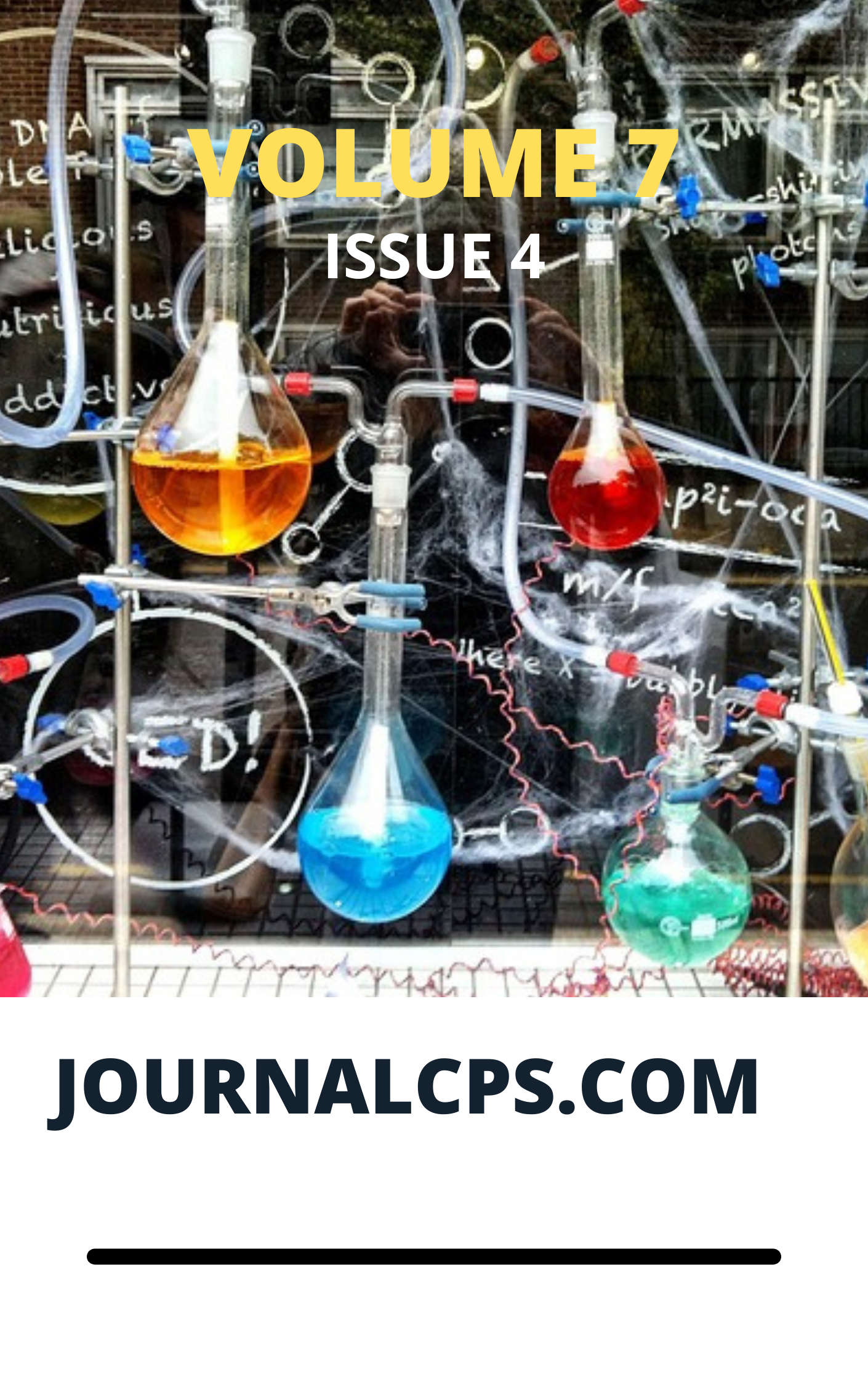Equilibrium and Kinetics Studies of the Adsorption of Basic Dyes onto PVOH Facilely Intercalated Kaolinite - A Comparative Study of Adsorption Efficiency
Keywords:
Intercalation, polyvinyl alcohol, kaolinite, Basic dyes, adsorption equilibriumAbstract
Chigbundu C. Emmanuel* and Adebowale O. Kayode
Most basic dyes are known for their toxic impact on the environment, especially in the aquatic ecosystem. . Unfortunately, consistent discharge of dye containing wastes into most water bodies has generated serious challenges, which can only be solved through consistent research approaches. his study is designed to compare the adsorption capacities of purified (PRK) and polyvinyl alcohol (PVOH) intercalated raw kaolinite (PIK) for the adsorption of some basic dyes from an aqueous solution. Scanning electron microscope (SEM) with energy dispersive X-ray (EDX), Fourier-transform infrared (FTIR) Spectroscopy and X-ray diffractometer (XRD) were used to verify changes in morphology, surface functional groups and crystal lattice sequence adjustment in PIK adsorbent. Cation Exchange Capacity (CEC) and Point of Zero Charge (PZC) of both adsorbents were determined by methylene blue adsorption and salt addition technique, respectively. The adsorption characteristics of both adsorbents were investigated under various conditions such as varying adsorbent dosages, period of contact, temperature and pH. Thermodynamic parameters were used to evaluate the effect of temperature on the adsorption process, while non-linear regressions were used to fit the experimental data to various adsorption and kinetic models. UV-visible spectrometer was used to determine the absorbance of dyes left in the solution un-adsorbed throughout the experimental study. The morphology of PIK revealed a compacted structure with pores, while the crystal lattice adjustment of PIK showed basal plane contraction to 4.06Å when compared with PRK respectively. Surface functionality study revealed several peaks such as CH3 and CH2 assigned to 2893 and 2990 cm-1 respectively on PIK but absent on the FTIR graph of PRK. The adsorption isotherm model showed that PIK was twice efficient for the uptake of BR2 and BG5 compared to PRK. The Elovich model equation suitably described the adsorption kinetics while the thermodynamic parameters revealed that the adsorption was spontaneous and endothermic. In comparison to other desorption agents, acetic acid was found to be a good desorption agent.
Downloads
Published
Issue
Section
Similar Articles
- Nyeneime W. Akpanudo, Onyeiye Ugomma Chibuzo, Musanga cecropioides Sawdust as an Adsorbent for the Removal of Methylene Blue from Aqueous Solution , Communication In Physical Sciences: Vol. 5 No. 3 (2020): VOLUME 5 ISSUE 3
- Comfort M. Ngwu, Okoche K. Amadi, Augustine C. Egwu, Sorption Studies on the Removal of Industrial Dye Aniline Yellow From Aqueous Solution Using Surfactant Modified Iron Filings , Communication In Physical Sciences: Vol. 6 No. 1 (2020): VOLUME 6 ISSUE 1
- Felicia Uchechukwu Okwunodulu, Stevens Azubuike Odoemelam, Comparative Studies On Infrared Analysis of Some Waste Biomass in Heavy Metals Adsorption , Communication In Physical Sciences: Vol. 8 No. 4 (2022): VOLUME 8 ISSUE 4
- Anduang Ofuo Odiongenyi, Influence of Sol Gel Conversion on the Adsorption Capacity of Crab Shell for the Removal of Crystal Violet from Aqueous Solution , Communication In Physical Sciences: Vol. 8 No. 1 (2022): VOLUME 8 ISSUE 1
- Anduang Ofuo Odiongenyi, Removal of Ethyl Violet Dye from Aqueous Solution by Graphite Dust and Nano Graphene Oxide Synthesized from Graphite Dust , Communication In Physical Sciences: Vol. 4 No. 2 (2019): VOLUME 4 ISSUE 2
- Onanuga Omotayo Aina, Titus Morrawa Ryaghan, Bello Musa Opeyemi, Momoh Daniel Clement, Goat Horn Biochar as a Low-Cost Adsorbent for the Removal of Cadmium and Zinc ions in Aqueous Solution , Communication In Physical Sciences: Vol. 10 No. 3 (2023): VOLUME 10 ISSUE 3 (2023-2024)
- Gideon Wyasu, Batch adsorption of Mn2+ and Co3+ from Refinery wastewater using activated carbon from epicarp of Detarium microcarpum and Balanites aegyptiaca shells , Communication In Physical Sciences: Vol. 3 No. 1 (2018): VOLUME 3 ISSUE 1
- Patricia Ese Umoru, Femi Emmanuel Awe, Joseph Ifeanyi Uche, Oluwayemi Abiodun Babatunde, Ibrahim Aliyu Salaha, Investigation of the Adsorptive And Inhibitive Properties Of Cucurbita Maxima Peel Extract And Halide Ions As Inhibitors For Stainless Steel in 1m H2so4 Solution , Communication In Physical Sciences: Vol. 10 No. 2 (2023): VOLUME 10 ISSUE 2
- Ugoetan Victor Agbogo, Rifore Belief Silas, Victor Inioluwa Olaoye, Philip Ifeanyi Jerome, Mathew Joshua, Investigation of the Inhibitive Properties of Bio-Inspired Starch-Polyvinyl Acetate Graft Copolymer (Ps-Pvagc) on the Acid Corrosion of Mild Steel , Communication In Physical Sciences: Vol. 10 No. 2 (2023): VOLUME 10 ISSUE 2
- P. O. Ameh, N. O. Eddy, Theoretical and Experimental Investigations of the Corrosion Inhibition Action of Piliostigma Thonningii Extract on Mild Steel in Acidic Medium , Communication In Physical Sciences: Vol. 3 No. 1 (2018): VOLUME 3 ISSUE 1
You may also start an advanced similarity search for this article.




